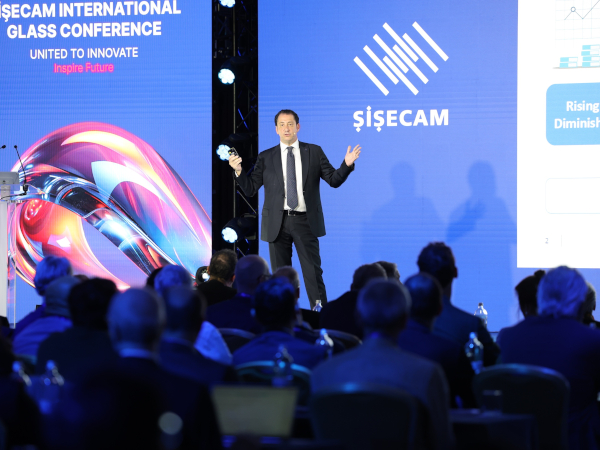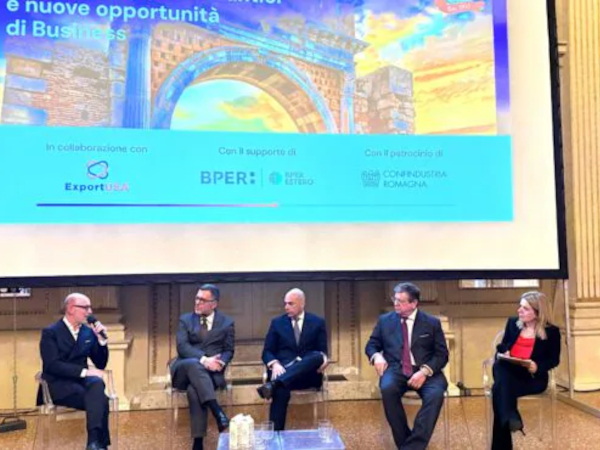Date: 10 June 2014
Freeman explained why RFCI created Product Transparency Declarations (PTDs) and how they differ from HPDs.“An increased number of architects are demanding transparency,” says Freeman, adding that architects wish to know the ingredients contained in a building material.HPDs were introduced in November 2012 and focus on ingredients as pure chemicals, as well as hazard lists, but without consideration for exposure or risk.Though an HPD is not an assessment of risks associated with the use of a product, building product manufacturers are reluctant to publish HDPs and thus their proprietary formulas.
“HPDs are so complex that manufacturers are hiring third-party firms to complete them,” says Freeman. “PTDs use a much less complicated reporting method.”
PTDs provide transparency based on exposure and risk rather than hazard, while also providing labeling and warning requirements. While HPDs focus on raw materials in a product, PTDs focus on a finished product delivered to a job site.
Additionally, HPDs require the percentage of each ingredient in a material be disclosed, including an indication of whether any of those percentages vary over time. PTDs do not require reporting of percentages of each product ingredient.
Another way PTDs are simpler is that the PTD uses six authoritative hazard lists, says Freeman; HPDs use 30.
The PTD created by RFCI is flexible enough to be used for any building product, according to Freeman, and RFCI is pursuing both ANSI and LEED® recognition for their HPD alternative. It’s unclear, says Freeman, about the process used to decide what is included in current and future HPDs.
About the Speaker
Freeman retired from Armstrong after 35 years in the floor and carpet divisions and has worked for the past 13 years as a technical and regulatory consultant for RFCI with much of his work focused on environmental issues. Freeman is past vice chair of the National Institute of Building Science’s Consultative Council, and he was a member of the original task group, which drafted the Materials & Resources section of the U.S. Green Building Council LEED rating system. He was also a member of the technical committee that developed the Green Globes ANSI standard and is currently a member of the board of directors of the Green Building Initiative, as well as chairman of Working Group 2 of ISO Technical Committee 219, which establishes worldwide standards for resilient flooring.
More information about AAMA and its activities can be found via the AAMA Media Relations page or on the AAMA website, http://www.aamanet.org.
AAMA is the source of performance standards, product certification and educational programs for the fenestration industry.(SM)







Add new comment